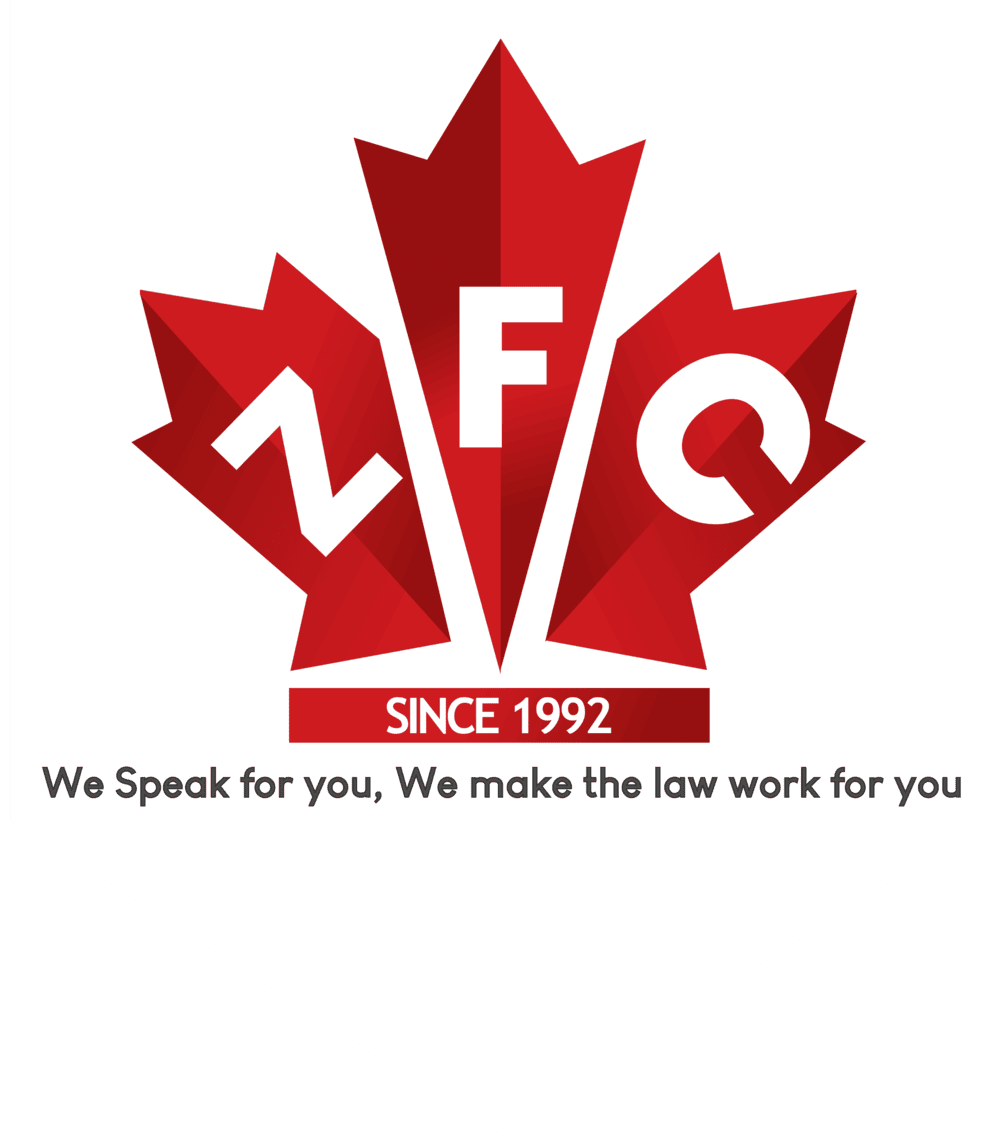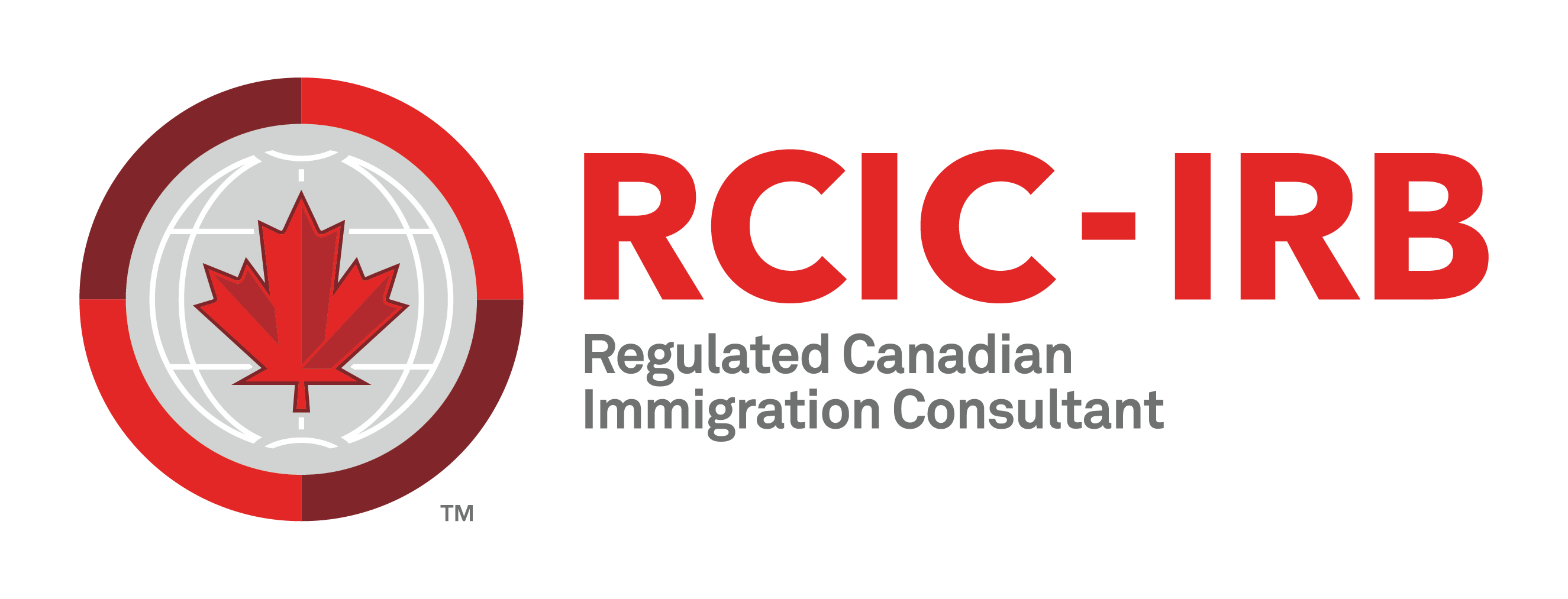Last Updated On 10 June 2025, 11:15 AM EDT (Toronto Time)
A contentious House of Commons Question Period on June 5, 2025, has thrust Canada’s immigration system into the national spotlight.
Opposition MPs are accusing the Liberal government of failing to manage an estimated 5 million temporary residents with expiring or expired visas.
The debate, fueled by claims of unchecked immigration during a housing crisis, job shortages, and strained public services, has sparked widespread public concern and amplified calls for urgent reform.
As Canada grapples with balancing economic needs and infrastructure capacity, the government’s lack of a clear plan has left both immigrants and citizens in limbo, threatening to deepen an already critical situation.
The government has no plan for the temporary residents with millions of expiring permits by the end of 2025 after they contributed to the Canadian economy during their prime years.
Table of Contents
The Question Period saw Conservative MPs, led by figures like Michelle Rempel Garner (Calgary Nose Hill) and the MP for Oxford, confront Immigration Minister Lena Metlege Diab with stark accusations.
They cited data from the Immigration, Refugees and Citizenship Canada (IRCC) website, claiming the Liberals issued a staggering 500,000 foreign study permits in 2024—equivalent to the population of Halifax—alongside 180,000 additional temporary foreign workers.
These figures, they argued, have exacerbated the Canadian housing crisis, strained healthcare systems, and limited job opportunities for Canadian youth.
“Despite the Liberals promising Canadians that they’re capping immigration, here are the facts,” the MP for Oxford declared.
“They added over 500,000 more international students. They approved nearly 180,000 more temporary foreign workers. And now we have millions in our country with expiring or expired visas and no plan to leave.”
The MP accused the government of a decade-long mismanagement that has placed immense pressure on housing, healthcare, and jobs, questioning why Canadians should trust the Liberals after repeatedly missing their immigration targets.
Minister Diab pushed back, labelling the 500,000 figure as “inaccurate” and “misinformation.”
She defended the economic contributions of international students and temporary workers, particularly in sectors like agriculture, fisheries, and manufacturing, which rely heavily on their labour.
“International students are vital to Canada—just go ask any of our provinces or institutions,” she stated, highlighting the introduction of Bill C-2 on June 3, 2025, as a step toward reforming the immigration system while upholding humanitarian commitments.
However, when pressed by Rempel Garner for accurate numbers—sourced directly from the IRCC website—Diab deflected, suggesting that “some applicants have multiple numbers” and urging a more detailed examination of the data.
The opposition was unrelenting. Rempel Garner pointedly questioned how the government could justify bringing 500,000 people in the midst of a housing crisis, where they “compete with Canadians for jobs, for housing, and healthcare.”
Another MP called the situation a “human tragedy,” arguing that immigrants themselves are the primary victims of an overwhelmed system.
“For the last ten years, we have not had a successful immigration system,” they stated, noting that even the recent Throne Speech acknowledged the need for balance—a point the opposition claimed was dismissed as “intolerance” when they raised it previously.
The numbers cited in the Commons paint a sobering picture. The 500,000 foreign study permits issued in 2024 represent a significant portion of the Canadian temporary resident population, which also includes temporary foreign workers and asylum seekers.
The MP for Oxford’s claim of “millions” with expiring or expired permits aligns with estimates from immigration analysts, who suggest that up to 5 million temporary residents could be facing permit expiry in 2025.
This, compounded by bureaucratic delays and unclear pathways for renewal or departure, has created a precarious situation for both immigrants and the Canadian public.
Canada’s housing crisis is a central point of contention. The Canada Mortgage and Housing Corporation (CMHC) projects a need for 3.5 million new homes by 2030 to address existing shortages and accommodate population growth.
Rapid immigration has driven population increases—the Canadian population grew by 3.2% in 2024, largely due to temporary residents, according to Statistics Canada.
This growth has outpaced housing construction, with only 240,000 new homes completed in 2024, far below the annual target of 500,000 needed to close the gap.
As a result, average home prices have soared to $750,000, and rents in major cities like Toronto and Vancouver have risen by 10–15% annually, pricing out many Canadians.
The job market is another flashpoint. Youth unemployment, hovering over 13% in mid-2025, has reportedly been exacerbated by competition from international students, who are permitted to work up to 24 hours per week during their studies.
While these workers fill critical gaps in industries like agriculture and hospitality, opposition MPs argue that their numbers overwhelm local labour markets, particularly in urban centres.
Healthcare, too, is under strain, with wait times for non-emergency surgeries averaging 25 weeks and a shortage of 90,000 healthcare workers projected by 2030, according to the Canadian Medical Association.
Now the government of Canada has no set plan for how they will be retaining crucial international talent facing uncertainty nor do they have a plan to implement the removal of temporary residents with expired permits.
The Canadian government so far is neither acknowledging that they need temporary residents to stay to fill in the labour market needs nor are they clearly showing their intention that temporary residents with expired permits need to leave the country.
In either case, a clear plan or path forward is necessary, but the new government and immigration minister are unable to provide any satisfactory answer to this ongoing crisis.
The parliamentary debate has resonated widely, with posts on social media platforms reflecting growing public frustration.
Users have shared anecdotes of skyrocketing rents, job scarcity, and overwhelmed public services, often linking these issues to immigration levels.
“How can we bring in half a million students when we can’t even house the people already here?” one user posted, echoing sentiments raised in the Commons.
Another wrote, “The Liberals have no plan for the visa mess—immigrants and Canadians are both suffering.”
A 2024 Environics Institute survey underscores this shift in public opinion: 58% of Canadians now believe immigration levels are too high, up from 42% in 2020.
This marks a significant departure from the historically pro-immigration stance, driven by tangible pressures on daily life.
Yet, many Canadians remain supportive of immigration in principle, recognizing its economic contributions—international students alone contribute $22 billion annually to the economy, according to official data.
The challenge lies in balancing these benefits with sustainable growth.
The Liberal government has acknowledged the need for reform. The 2025–2027 Immigration Levels Plan, announced in October 2024, aims to reduce the temporary resident share of the population from 7.3% in 2024 to 5% by 2026.
Key measures included:
- Capping Study Permits: A limit of 360,000 new study permits for 2025, down from 485,000 in 2024, targeting a 25% reduction in international student intake.
- Tightening Work Permits: Stricter eligibility for temporary foreign worker programs, particularly in low-wage sectors, to prioritize Canadian workers.
- Visa Processing Reforms: Investments in digital infrastructure to reduce visa backlogs, though critics argue these measures are too slow to address the current crisis.
- Asylum Seeker Management: Enhanced border measures and expedited processing for asylum claims to prevent system abuse.
Bill C-2, introduced on June 3, 2025, is touted as a cornerstone of these efforts, aiming to streamline immigration processes and strengthen enforcement.
However, details remain sparse, and opposition MPs have dismissed it as a superficial fix.
“They’ve been the architects of this system for ten years,” one MP charged, arguing that the Liberals’ track record undermines their credibility.
The government also faces regional pressures. Provinces like Ontario and British Columbia, which host the majority of international students, rely on their tuition fees to fund post-secondary institutions.
Temporary workers are equally critical in rural areas, where they make up 30% of the agricultural workforce, according to Agriculture and Agri-Food Canada.
Yet, as the minister of government transformation noted, calls from some MPs to scrap the temporary foreign worker program ignore the economic fallout such a move would trigger, particularly in regions like Oshawa, where factories depend on these workers.
The opposition’s description of a “human tragedy” highlights the plight of temporary residents caught in the system.
Many international students, after paying exorbitant tuition fees and contributing to the economy, face uncertain futures as their visas expire.
Without clear pathways to permanent residency—capped at 395,000 for 2025 under the new plan—many are left in limbo, unable to work legally or access services.
Similarly, temporary foreign workers, often employed in low-wage jobs, face exploitation risks and deportation fears if their permits lapse.
Immigrant advocacy groups have called for a “regularization program” to grant status to those with expired permits, citing successful models like Canada’s 1973 amnesty for undocumented migrants.
However, the government has resisted such proposals, citing concerns about encouraging further irregular migration.
This leaves millions in a precarious state, contributing to a growing underclass of undocumented workers who strain social services while living in legal uncertainty.
The immigration crisis has far-reaching implications. Economically, temporary residents drive growth—international students spend $15 billion annually on living expenses alone, while temporary workers fill labour shortages in critical industries.
However, unchecked inflows risk destabilizing the economy by inflating housing demand and suppressing wages in certain sectors.
A Bank of Canada report noted that rapid population growth has contributed to inflationary pressures, with housing costs driving the consumer price index up by 3.8% in 2024.
Socially, the crisis is fueling division. Anti-immigrant sentiment, while still a minority view, is rising, with social media platforms like X occasionally veering into xenophobic territory.
Mainstream voices, however, focus on system reform rather than scapegoating immigrants.
Community organizations in cities like Toronto and Vancouver report increased demand for food banks and shelters, with new arrivals often struggling to find affordable housing.
“The system isn’t working for anyone—neither Canadians nor immigrants,” one Toronto shelter worker told a local outlet.
The Liberal government faces a daunting task: restoring public confidence while addressing the visa backlog and infrastructure strain.
Experts suggest a multi-pronged approach:
- Accelerate Housing Construction: Increase federal funding for affordable housing, targeting 500,000 new homes annually through public-private partnerships.
- Streamline Processing: Expand IRCC’s capacity to process renewals and deportations, reducing the backlog of expired visas.
- Regional Immigration Caps: Distribute temporary residents more evenly across provinces to ease pressure on urban centres like Toronto and Vancouver.
- Economic Integration: Expand training programs to help temporary residents transition to permanent residency in high-demand sectors like healthcare and construction.
- Public Communication: Launch a campaign to highlight immigration’s benefits while addressing legitimate concerns about capacity.
Without decisive action, the crisis risks escalating. The CMHC warns that housing shortages could push home prices to $1 million by 2035, while healthcare wait times could double without new investments.
The opposition’s charge that the Liberals have “no plan” resonates with a public increasingly skeptical of government promises—57% of Canadians distrust Ottawa’s handling of immigration, per a 2025 Angus Reid poll.
The June 5, 2025, House of Commons debate has laid bare a critical challenge for Canada: managing an immigration system that fuels economic growth but strains public resources.
With millions of temporary residents facing visa uncertainty, and housing, healthcare, and jobs under pressure, the Liberal government’s response will shape Canada’s future.
Bill C-2 and the 2025–2027 Immigration Levels Plan offer a starting point, but their success hinges on swift implementation and transparency.
As public frustration mounts—evident in trending X posts and national polls—the government must act decisively to restore balance, ensuring Canada remains a welcoming yet sustainable destination for newcomers.
You may also like: New Canada Workers Benefit Payment Increase Effective July 2025
New GST Payment Increase In Canada Effective July 2025
New Ontario Trillium Benefit Payment to Be Sent on June 10
3 New CRA Benefit Payments for Ontario Residents in June 2025











Leave A Comment
You must be <a href="https://zfcanada.com/wp-login.php?redirect_to=https%3A%2F%2Fzfcanada.com%2F2025%2F06%2F10%2Fcanada-has-no-plan-for-millions-with-expiring-permits-in-2025%2F">logged in</a> to post a comment.